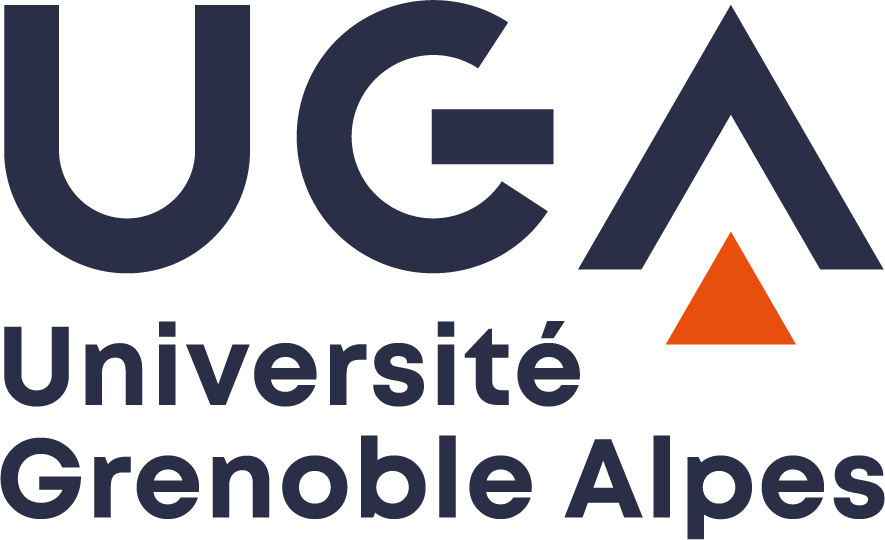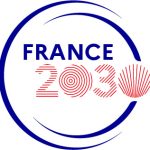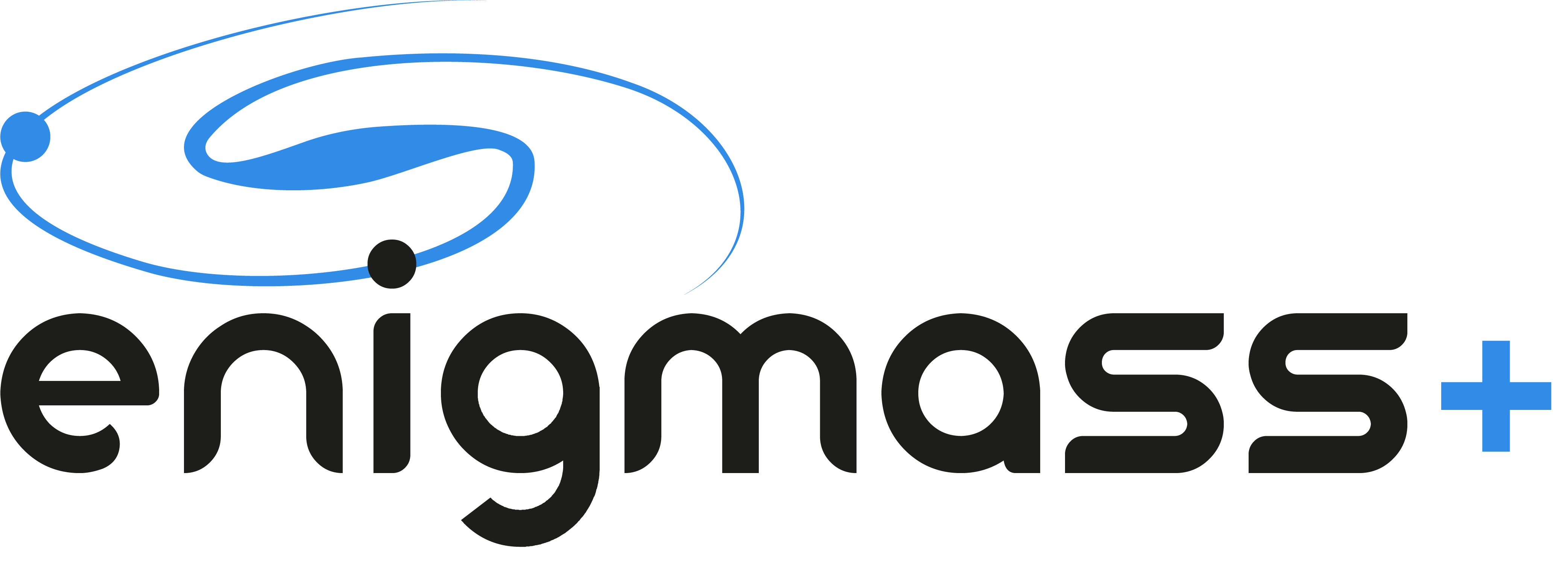More than 100 scientists
4 laboratories in the Isère and 2 Savoie regions
For the physics of 2 infinities




The federation
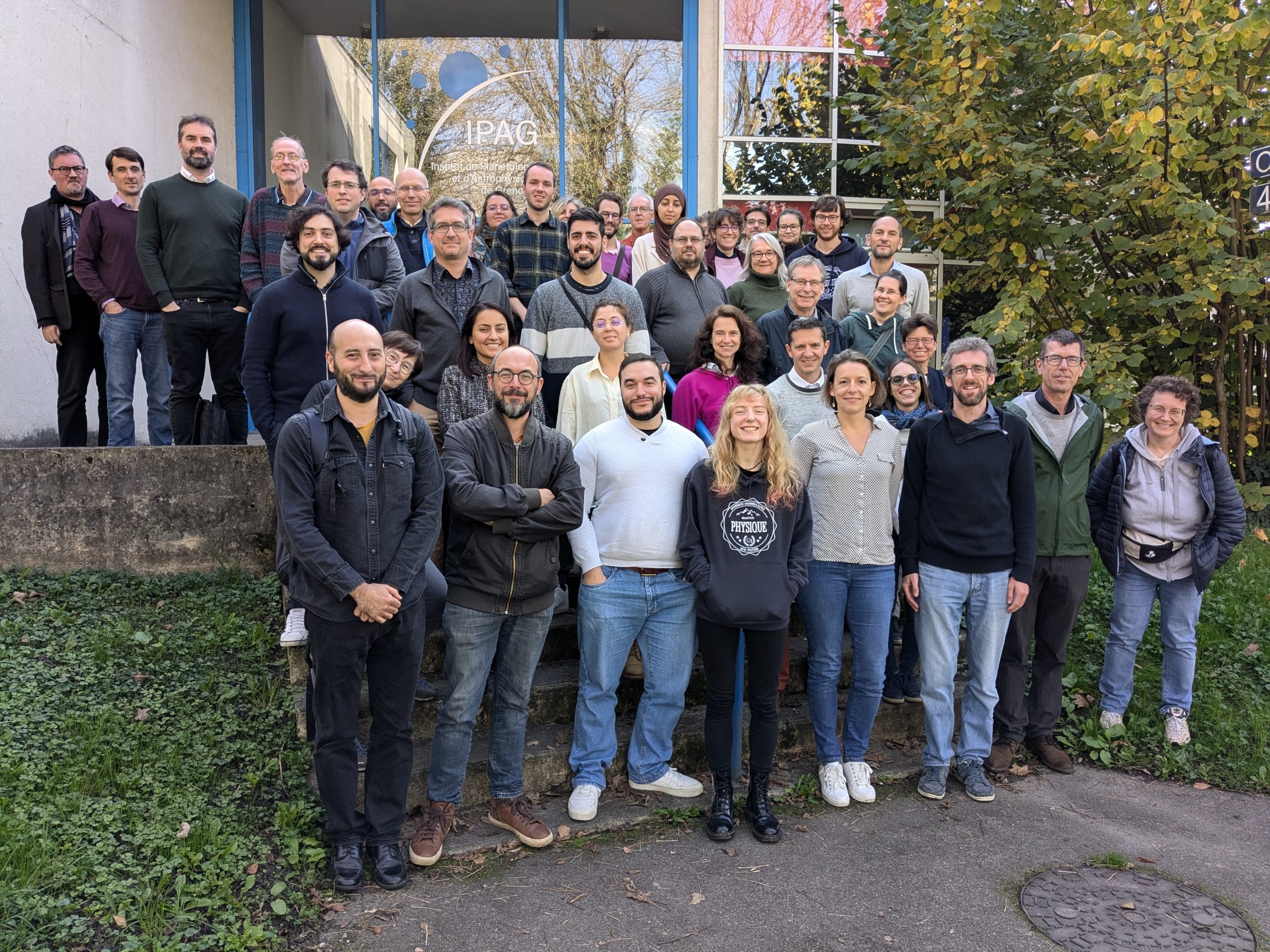
Who are we ?
Enigmass+ is a research federation, established in 2023, bringing together more than 100 researchers (from IPAG and LPSC in Grenoble, LSM in Modane, and LAPP and LAPTh in Annecy) and aims to support and structure research in particle physics, high-energy astrophysics and cosmology at regional level. The scientific objectives are the major fundamental physics enigmas at the intersection of these themes: how do particles acquire their mass? Why is there more matter than antimatter in the Universe? What are the natures of dark matter and dark energy? How does matter behave under extreme conditions?
Founded in 2023 and supported by the CNRS, the Université Grenoble Alpes (via the Enigmass+ Labex) and the Université Savoie Mont-Blanc, the Enigmass+ federation builds on the momentum and success of the Enigmass Labex (2012-2024). The federation has three key assets: i) its complementary areas of expertise (theory and modelling, instrumentation, data analysis and interpretation); ii) its geographical position, which provides optimum access to leading research infrastructures (e.g. CERN, LSM); and iii) the strong involvement of its teams in major international projects (e.g. LHC, DUNE, EGO-Virgo, Rubin-LSST, CTA, etc.) as well as in forward-looking and innovative projects. The federation is thus


Enigmass+ coordination
Enigmass+ management : Céline Combet (LPSC) et Thibault Guillemin (LAPP)
Scientific coordination :
-
- WP1 : Cédric Delaunay (LAPTh) and Jean-Baptiste de Vivie (LPSC)
- WP2 : Sami Caroff (LAPP) and Benoît Cerutti (IPAG)
- WP3 : Francesca Calore (LAPTh) and Laurence Perotto (LPSC)
Visitors and Training Programme : TBA
Communication : Laura Zambelli (LAPP)

Enigmass, as seen by Karim Duval
At the end of 2020, LabEx Enigmass launched an effective and original communication campaign to promote its activities. The labex contacted Lyon-based comedian Karim Duval, known for his ability to portray serious subjects in a relaxed way...
Science
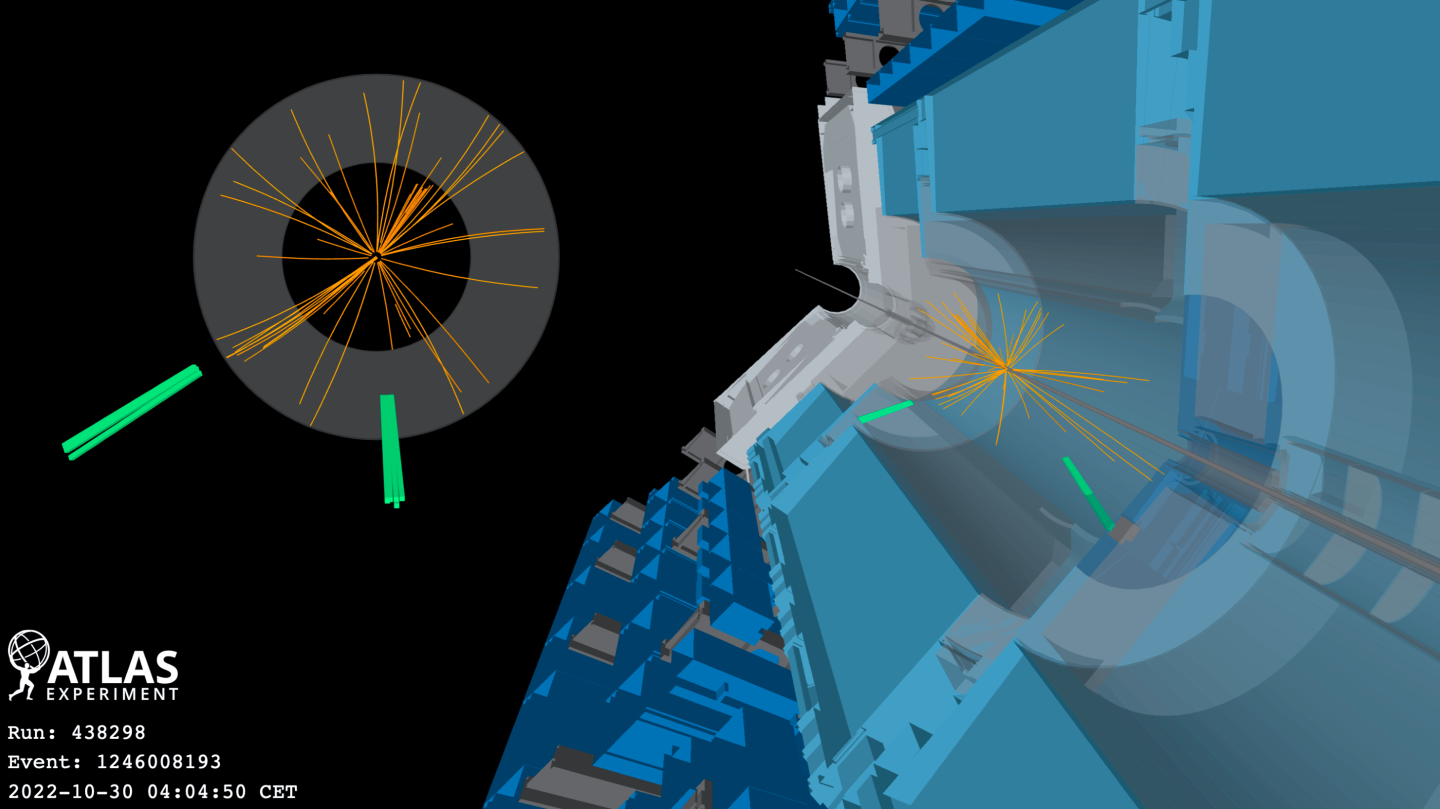
Elementary particles and the search for new physics
The Standard Model is the most advanced theoretical construct of the structure of matter. It provides a very precise description of the elementary components and their fundamental interactions. Despite countless successes, this theory is incomplete: dark matter is absent; neutrinos have no mass and therefore do not oscillate; particles behave too similarly to their antiparticles to explain the absence of antimatter in the Universe.
The structure of the Standard Model also raises profound questions. The most pressing is undoubtedly the stability of the scale of weak interactions, which is not guaranteed by the Higgs mechanism. Not to mention the absence of an arrow of time in strong nuclear interactions, even though this is permitted, and the origin of the triple replication of matter particles and their strong mass hierarchy.
There is no doubt that a New Physics exists beyond the Standard Model. Uncovering it is the subject of WP1. By exploring the highest energies with CERN's LHC collider and its successors, while at the same time taking detailed measurements of known phenomena at lower energies using various high-precision experiments.


Extreme phenomena in the Universe
Although they are the last remnants of the past life of stars, black holes and neutron stars offer a second life to their progenitors that is surprising and explosive, to say the least. Endowed with extreme gravitational fields, sometimes supernuclear densities, and surrounded by ultra-high intensity electromagnetic fields, these objects give rise to extreme eruptive episodes visible across the entire electromagnetic spectrum at cosmological distances. Some phenomena, such as the coalescence of compact objects, even generate strong gravitational wave emissions that are now detectable. They are also formidable natural laboratories where physical theories are pushed into unexplored regimes that are inaccessible on Earth.
The aim of the ENIGMASS+ federation is to gain a better understanding of these extreme phenomena through the development of instruments for telescopes on the ground (VIRGO, CTA, Rubin-LSST) and in space (SVOM, Athena), the scientific exploitation of their data, and the development of cutting-edge theory and numerical simulation codes.

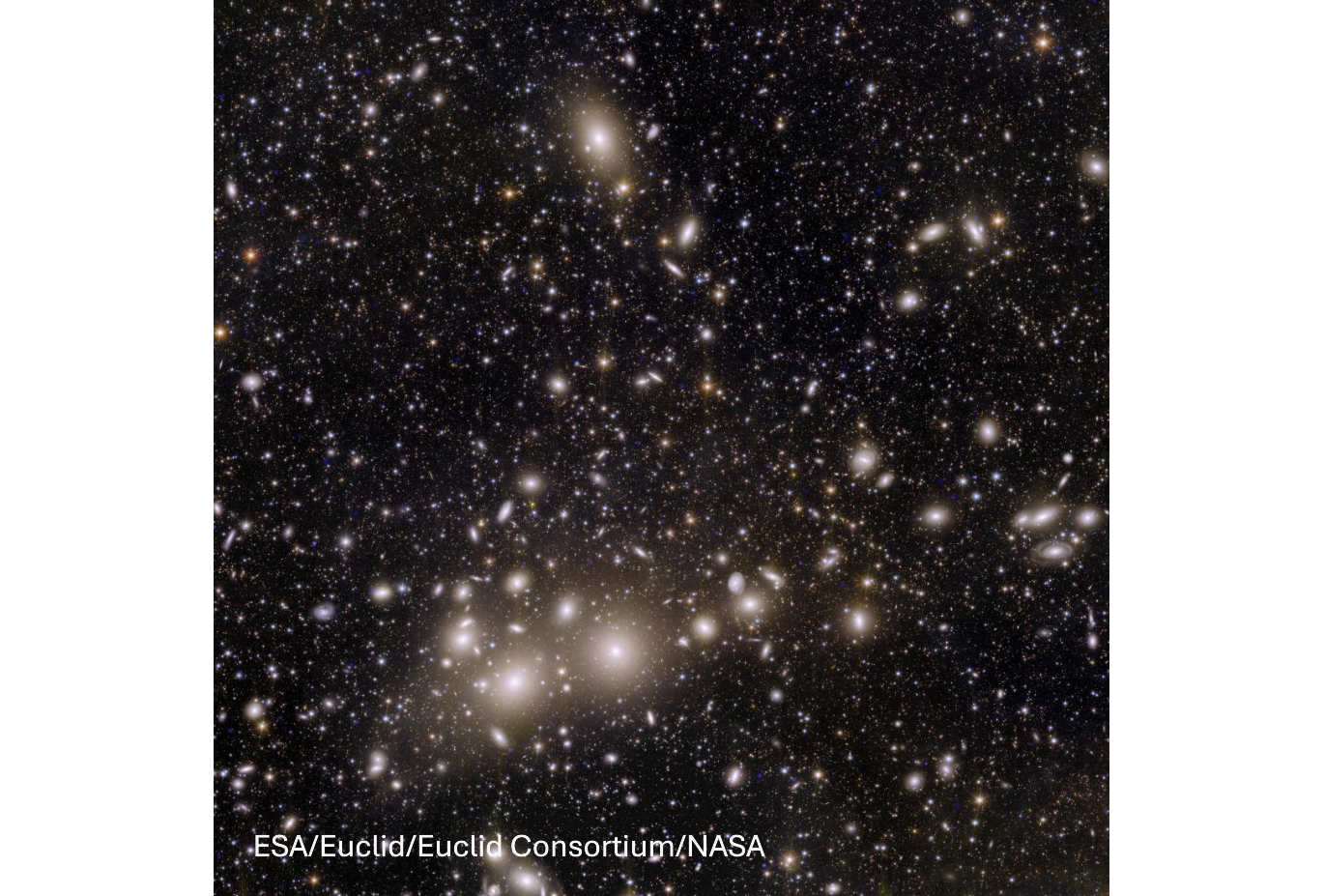
Dark matter, dark energy, inflation
The ΛCDM cosmological model describes current observations with remarkable accuracy, from the anisotropies of the cosmological diffuse background to the major structures of the Universe. However, this success is based on the assumption that dark energy (Λ) and dark matter (CDM), two components of unknown nature, dominate the Universe. The Enigmass+ project seeks to elucidate these major enigmas - dark energy, dark matter and the first instants of the universe - using a global approach that combines the development of new theories, the design of experiments and the exploitation of data.
In the field of astroparticle physics, Enigmass+ is contributing to research into dark matter by exploring direct and indirect detection methods. The programme focuses on the theoretical modelling of various dark matter candidates, while carrying out indirect searches at several wavelengths, such as observations of high-energy gamma rays or the analysis of stellar tidal currents in nearby galaxies observed optically. At the same time, Enigmass+ is developing advanced technologies for the direct detection of dark matter particles.
In cosmology, Enigmass+ is focusing on two main areas. On the one hand, it is exploring the primordial Universe, contributing to theoretical advances in quantum gravity, string theory and models of inflation and dark energy, as well as preparing for future experiments to observe the Universe.

Actions

Theses and postdocs
Each year, Enigmass+ awards funding for theses and postdocs.
2025 - 2 theses and 2 postdocs awarded (results)
2024
-
- Postdoc - Cluster cosmology with LSST (WP3, LAPP, D. Boutigny) - Eduardo Barroso
2023
-
- Postdoc - RICOCHET experiment (WP1, LPSC, J. Lamblin) - Stephan Zatschler

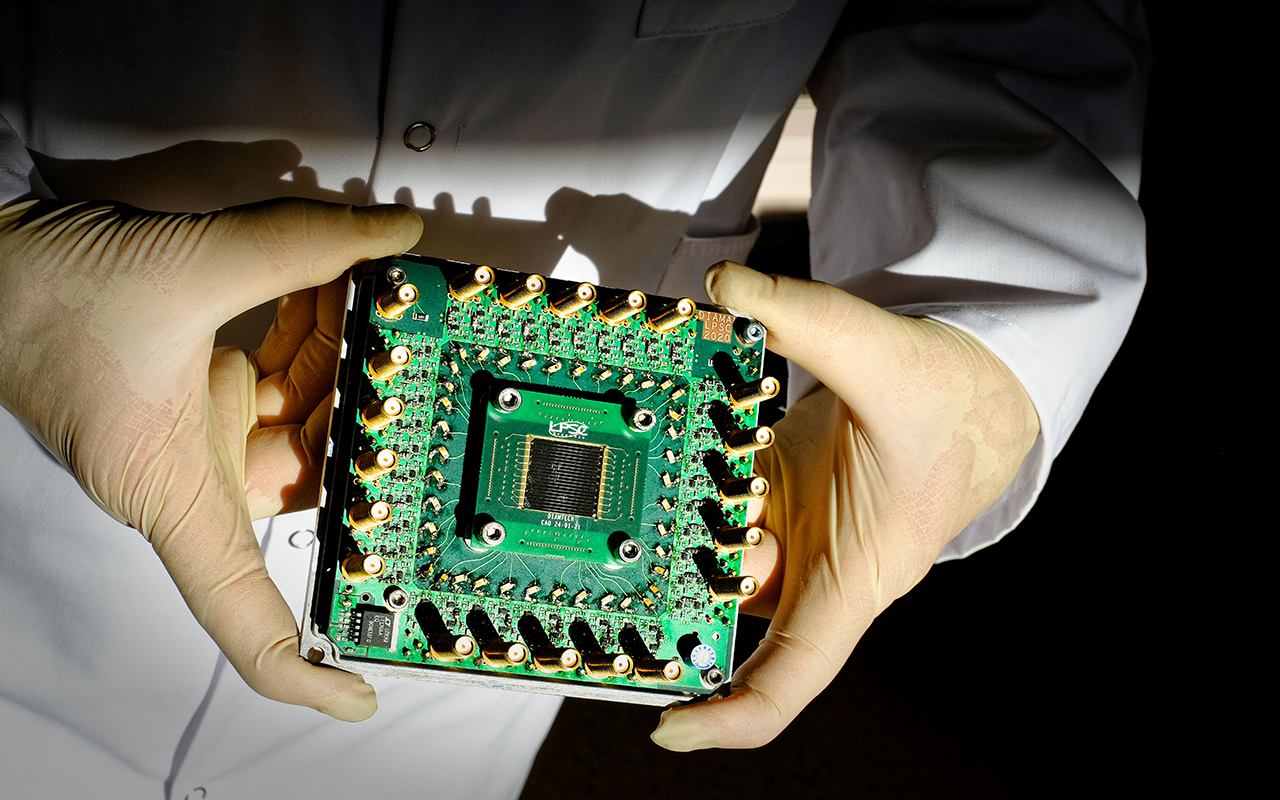
R&D projects
Each year, Enigmass+ supports a number of R&D projects related to the federation's scientific themes.
2024
-
- Integrate Sensor for Spherical Proportional Counter, WP3, A. Dastgheibi-Fard (LPSC)
- An electronics read-out for a generic Inner-Tracker for future experiments at FCC within WADAPT project, WP1, F. Rarbi and F. Malek (LPSC)

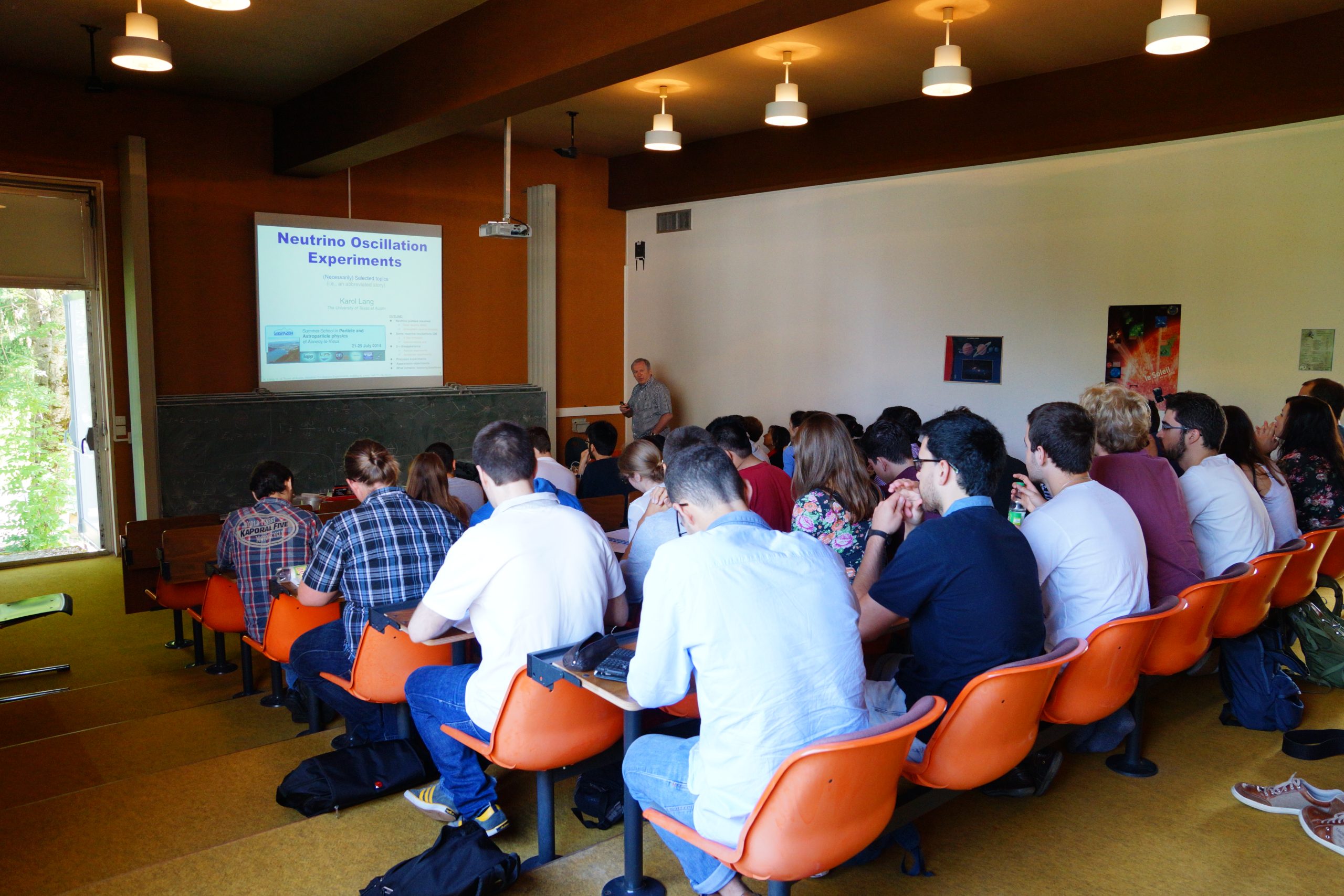
Training, collaborations
Training
Enigmass+ contributes to the attractiveness of the federation's laboratories by supporting initiatives aimed at students. At the heart of these initiatives :
-
- every year, the GraSPA summer school offers an introductory course in the federation's scientific themes to 3rd and 4th year international students.
- the funding of around fifteen M2 internships each year.
Visits by scientists to the federation's laboratories
Enigmass+ funds visits by international scientists to our laboratories, with the aim of fostering and/or strengthening collaborations on all aspects of Enigmass+ science.

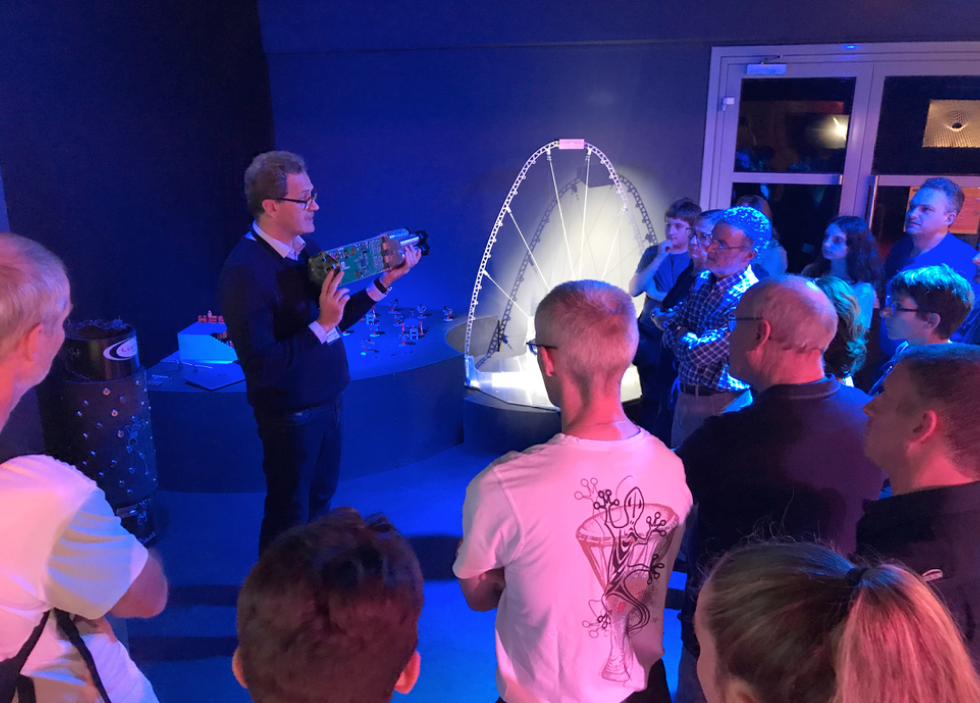
Communication and outreach
The scientists in the Enigmass+ federation are keen to share their work with the public. One can discover our research themes in the Eutopia discovery space at the LAPP (photo opposite), go in search of our missing colleague in the ‘Particles and Revelations’ escape game at the LPSC, experiment with cosmic rays in class thanks to our educational kits, or take a walk through the cosmic web in virtual reality...
Enigmass+ will fund new science outreach projects in the federation's laboratories and beyond!

Ressources
Calendar of calls for projects
- Annual call for theses and post-docs: in autumn
- Annual call for R&D, visitors, etc. at the beginning of the year (Jan-Feb)
Publications
Please add the following sentence to the ‘Acknowledgments’ of articles whose projects have received support from Enigmass+:
The authors acknowledge support from the Enigmass+ research federation (CNRS, Université Grenoble Alpes, Université Savoie Mont-Blanc). This work is supported by the French National Research Agency in the framework of the “France 2030” (ANR-15-IDEX-02).
